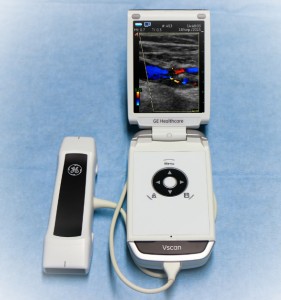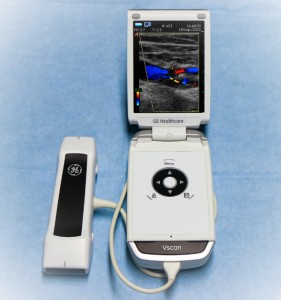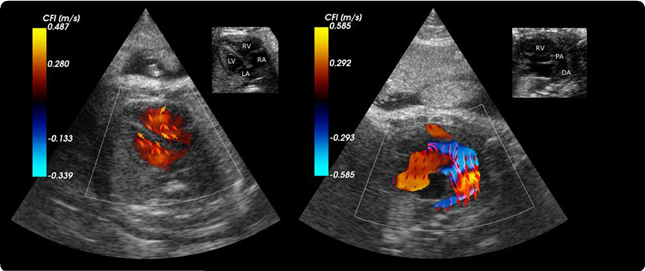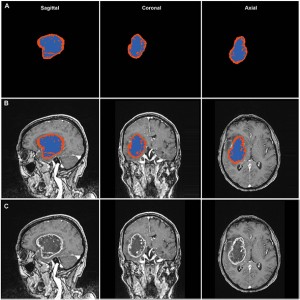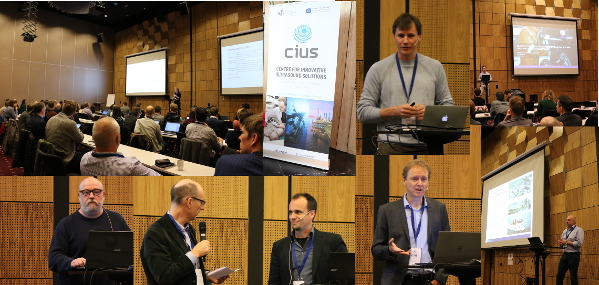Pocket-sized ultrasound helps screen stroke patients
When stroke patients are admitted to hospital, the main arteries in the neck are checked for blockages as this is a major cause for blood-clots and stroke. Today, these examinations are done using time-consuming and costly procedures. At NTNU, we have found that using a pocket-sized ultrasound device at the patients’ bedside was just as accurate in diagnosing the problem.
The result? Fewer patients need to proceed to more thorough diagnostic examinations.
Stroke may be caused by a blood clot that blocks an artery and subsequently a part of the brain suffers. Thus, screening for blockage in the neck arteries (carotid arteries) is a mandatory. In case of findings of severe disease in the carotid arteries rapid transfer for surgery is recommended.
The examination of the carotid arteries has usually been done by experts in ultrasound with expensive high-end machines, or by radiologic examinations as computer tomography (CT) and magnetic resonance imaging (MRI). The latter two methods are of more limited availability, and may require ionizing radiation and the use of contrast agents.
The pocket-size ultrasound device from one of our partners makes examination of the carotid vessels. The potential advantage of implementing screening of the carotid vessels by this device is that it can quickly help the physician to sort between those in need of urgent examination and surgery, and those not in need of further diagnostic tests.
This approach can allow for more rapid diagnostics and treatment of patients, and similarly be cost-effective, as patients not in need for further (expensive) diagnostics test can be identified by pocket-size ultrasound examination.
Our data show that among patients admitted to hospital due to suspected stroke, experienced physicians using the pocket-sized scanner were able to identify both the minor proportion of patients with severe carotid artery disease and the large proportion of patients (approximately 75%) not in need of further diagnostic test.
Furthermore, the data show high agreement with CT examinations. Out of the 80 participants, 5 underwent surgery, and all these were identified by the evaluation by the pocket-sized ultrasound device.
These results were presented at the European cardiology conference (ESC) in Barcelona at the end of August, where approximately 30,000 medical professionals participated.
Lars Mølgaard Saxhaug
-
This author does not have any more posts.

Bjørn Olav Haugen
-
Bjørn Olav Haugen#molongui-disabled-link
Håvard Dalen
-
This author does not have any more posts.

